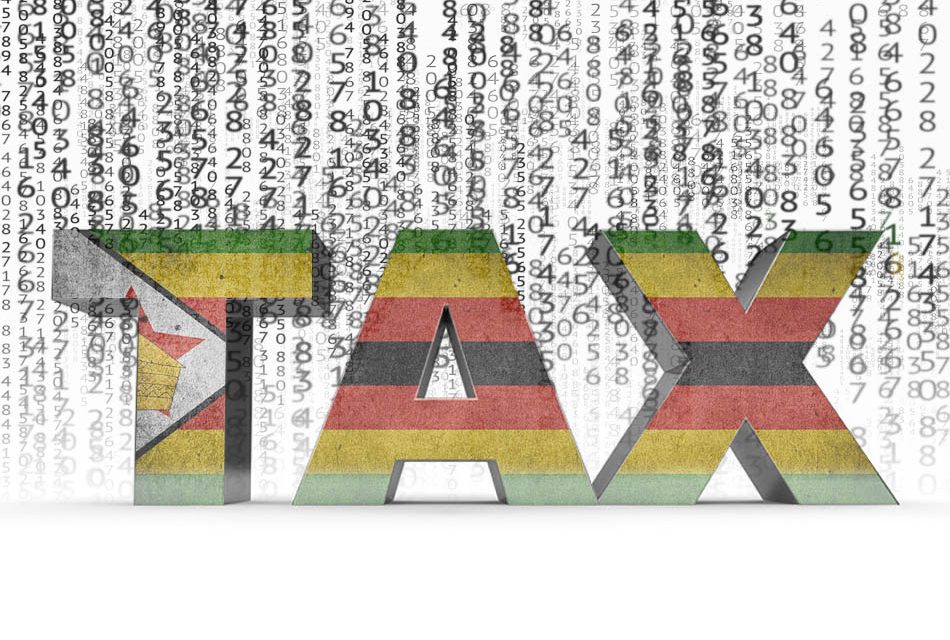By Alexia Hope
Copyright researchsnipers

The modern digital landscape is a relentless engine fueled by content. From the smallest social media post to the most detailed professional report, the need to communicate clearly, consistently, and compellingly has never been higher. For decades, the process of content creation was defined by friction: writer’s block, tedious revisions, expensive production costs, and the steep learning curves of specialized software for text, graphics, and video. Creativity often crashed headfirst into technical limitations and time constraints.
Today, we stand at the precipice of a genuine Content Creation Renaissance. This transformation isn’t just about making small tasks easier; it’s about fundamentally shifting the relationship between the creator and the tool. Artificial Intelligence, specifically generative AI, has moved out of the realm of science fiction and into our daily workflows, serving as an endlessly patient, highly efficient co-pilot. It has democratized high-quality output, making sophisticated production techniques accessible to virtually anyone with an idea. No longer do you need a deep background in design or video editing to produce professional assets. You simply need a clear vision and the ability to prompt a machine. This revolutionary suite of tools is not just accelerating work—it’s changing who can create and what they can achieve.
The Multimedia Studio: Video and Audio Production
Creating high-quality audio and video used to be reserved for those with expensive equipment and specialized technical knowledge. AI has broken down these barriers, putting the power of an entire production studio into a simple interface.
Text-to-Video capabilities allow users to generate dynamic video clips, B-roll footage, or entire animated explainers based only on a script or description. This capability transforms written content into visual storytelling almost instantaneously, which is invaluable for training, marketing, and quick news summaries.
Similarly, advanced audio generation tools can create natural, human-sounding voiceovers, offering a wide range of tones, accents, and languages without the need to hire a voice actor. This is perfect for podcast intros, video narration, or accessibility features.
Finally, the technology for capturing and transforming spoken content is truly transformative. For example, live transcribe applications can turn spoken words from meetings, interviews, or lectures into perfectly punctuated text in real-time, instantly creating a searchable and editable content asset from pure audio.
The Digital Artist: Image and Design Tools
The era of relying solely on stock photos or complex, expensive design software is rapidly fading. AI has ushered in a new age of visual production where your imagination is the only real limit.
Text-to-Image Generation is perhaps the most visible and instantly gratifying of the new AI capabilities. By simply describing an image, illustration, or graphic concept, users can conjure high-resolution, unique visuals tailored precisely to their needs. This capability democratizes digital art, allowing a writer to become their own illustrator and a marketer to conceptualize and create branded visuals without needing an internal design team for every small asset.
Beyond initial generation, AI is being integrated into popular design platforms to streamline workflow. These functions can intelligently remove unwanted objects from a photograph, instantly generate color palettes that complement an existing brand identity, or quickly convert a simple wireframe into a polished, professional presentation slide, freeing up human designers for high-level creative direction.
The Language Architect: Text Generation & Refinement
The written word is the foundation of nearly all digital output, and AI has made the act of writing faster and more accessible than ever before.
Generative AI Assistants are the ultimate brainstorming partners. They excel at dissolving the paralyzing effect of the blank page, capable of generating initial drafts, structuring complex articles, summarizing lengthy documents, or adapting the tone of existing text for different audiences—from a formal memo to a playful social media update. They allow creators to focus their energy on shaping the message and adding the crucial human element of nuance and expertise.
For those focused on marketing or business communication, highly specialized tools now generate text optimized for engagement. They can rapidly produce variations of ad copy, catchy headlines, or compelling product descriptions, analyzing language patterns to maximize click-through rates and search visibility. Furthermore, advanced editing and refining applications ensure the final product is flawless, checking not just for grammar and spelling, but also for clarity, conciseness, and consistent style.
The Data Storyteller: Transforming Numbers into Narrative
In the data-driven world, raw information is meaningless until it is turned into a story. AI has made this essential process of data-to-content conversion accessible to non-analysts.
Natural Language Querying allows users to treat their datasets like a conversation partner. Instead of writing complex formulas or code, you can simply ask a question—”Show me the year-over-year sales growth by region”—and the AI immediately surfaces the answer, often generating the correct chart or visualization automatically.
Automated Visualization and Reporting tools can ingest large spreadsheets and instantly detect patterns, trends, and anomalies that a human might miss. They then recommend or even build the optimal visualization (a line graph, a heat map, a scatter plot) and can generate a plain-language summary explaining why the trend is happening. This is revolutionary for business reporting, market research, and academic studies, effectively turning raw numbers into presentation-ready narratives in minutes.
The Age of Amplification
The confluence of these AI-enabled tools for text, visuals, and multimedia represents an unprecedented leap in creative efficiency. The core message is one of amplification, not replacement. AI automates the mechanical friction of content creation, the drafting, the pixel-pushing, the formatting—allowing human creators to dedicate their finite energy to the things machines cannot replicate: strategic thinking, emotional resonance, adding unique insight, and ensuring factual accuracy.
The challenge for the modern creator is no longer mastering the tool, but mastering the prompt. The quality of the output now directly correlates to the clarity and originality of the human instruction. As these technologies continue to evolve, they promise to unlock previously unimaginable levels of productivity, fundamentally changing how organizations, educators, and individual artists turn their ideas into impact. We’re moving from an era of making content to an era of directing creation, and the only ceiling is the ambition of the human behind the keyboard.



